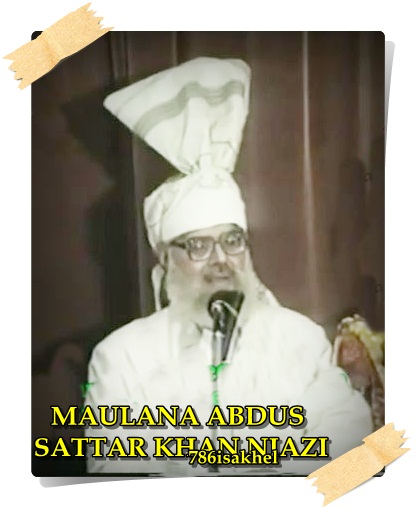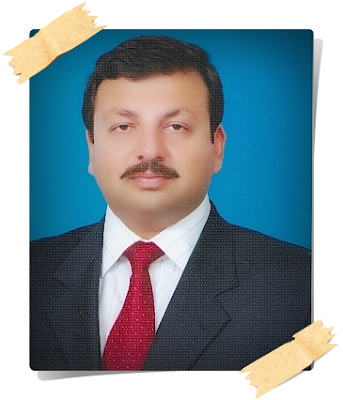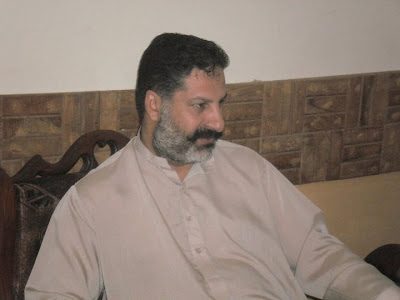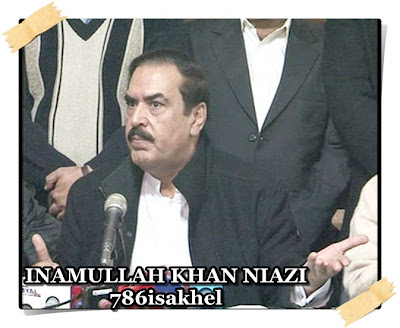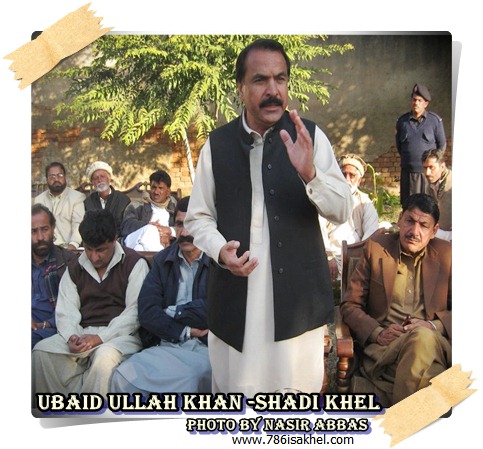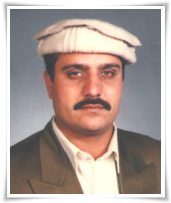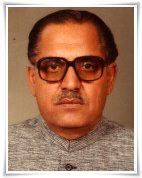Politicians from Mianwali — Timeline, Legacy & Political Structure
Mianwali’s political story began with its administrative creation on 9 November 1901 and has since unfolded as a distinct blend of tribal leadership, local dynasties, ideological movements and charismatic individuals. The district has been a microcosm of Punjab politics — showing feudal influence, the Unionist–Muslim League struggle before partition, the rise of religious and charismatic leaders, and the later emergence of modern party politics. This article traces the timeline of Mianwali politics, profiles the major political families and leaders, and explains how electoral shifts and personal loyalties shaped political life in the district.
Early Politics: Unionists vs Muslim League (Pre-Partition)
Before 1947, Punjab politics were dominated by the Unionist Party (a landed/feudal coalition) and the All-India Muslim League. In Mianwali, most tribal sardars and large landlords tended to support the Unionists — with notable exceptions such as parts of the Rokhri family who sided with the Muslim League. This clash mirrored Punjab’s wider political conflict and set the stage for the region’s future alignments.
1945–46 Elections: A Turning Point
In the crucial 1945–46 provincial elections two Muslim seats were allotted to the then Mianwali area. In a major upset, Maulana Abdul Sattar Khan Niazi — a rising Muslim League leader from a middle-class background — defeated Unionist Khaliq Dad Khan by over 4,000 votes (out of ~12,000 votes cast) — an early sign of ideological politics overcoming feudal dominance. The other seat, however, was won narrowly by Unionist Abdullah Khan, who beat Amir Abdullah Khan Rokhri by roughly 200 votes, showing the intense local competition of the time.
1950–51: Reorganization and the Jinnah Awami League Upset
After the 1947 partition and administrative reorganization, the 1950–51 Punjab Assembly elections allocated six seats to Mianwali (then a larger district that included present-day Bhakkar). By this time, Amir Abdullah Khan Rokhri had joined the dissident Jinnah Awami League and, along with Fateh Sher and Muhammad Afzal, helped the Jinnah League secure three seats — illustrating local leaders’ ability to mobilize new party platforms and reshape electoral maps. Maulana Abdul Sattar Khan Niazi ran as an independent and also won, indicating the strength of personal and local loyalties.
The Kalabagh Nawab and the Awan Influence
The Nawab of Kalabagh, Amir Muhammad Khan, an Awan tribal leader with large estate influence, played an outsized role in regional politics. As a powerful feudal figure and later Governor of West Pakistan (during Ayub Khan era), the Nawab’s political presence — and his family’s continued influence — formed one pillar of Mianwali’s political structure alongside Niazi and Rokhri families. The Kalabagh Nawabs are an important (though numerically small) faction whose political and administrative roles attracted both support and controversy.
1970s–1980s: Dynasties, Religious Politics & Realignments
The 1970 election (first adult-franchise national polls) saw Mianwali split into two NA seats. By 1977 many local heavyweights — including members of the Rokhri and Kalabagh circles — aligned with national parties (including PPP). The period saw electoral volatility: family loyalties, religious parties (e.g., JUP / MMA) and shifting alliances influenced results more than rigid party ideology. The 1985 non-party elections and subsequent contests saw frequent reversals: personalities such as Sher Afgan Niazi and Maulana Abdul Sattar Khan Niazi traded victories and losses, showing how personal charisma and local networks often trumped party labels.
1990s–2000s: New Players & Emergence of National Figures
In the 1990s, PML-N made gains (e.g., 1997 wins by Maqbool Ahmed Khan and Inamullah Khan Niazi). A notable national turn came in 2002, when Imran Khan won a National Assembly seat from Mianwali (NA-71), establishing PTI’s connection to the district and placing Mianwali in national political headlines. In 2002 Dr. Sher Afgan Niazi (PPPP) also won his seat; he later famously supported President Musharraf’s policies, drew controversy, and joined different parties across his career. These years illustrate Mianwali’s transition from purely local dynastic contests to stages for national political figures.
Constituency Changes & Recent Results
Electoral boundaries and constituency designations evolved (NA-71, NA-72, NA-89, NA-90 / later NA-96 etc.), with different leaders winning at different times — Humair Hayat Khan Rokhri, Amjad Ali Khan (PTI), Nawabzada Malik Amad Khan and Imran Khan all appearing in results across decades. This shifting landscape reflects changing party fortunes, urbanisation, and the continuing importance of local personalities. (See constituency pages and ECP results for detailed vote counts and winners across years.)
Patterns & Explanation: Why Mianwali Politics Works This Way
Tribal & Family Power: Political authority in Mianwali is closely tied to tribal identity (Niazi, Rokhri, Awan/Kalabagh), land ownership and familial networks. These social structures produce durable local loyalties.
Personal Charisma over Party Line: Many election results were decided on personal reputation and local service rather than strict party programmes. Leaders frequently switched party affiliation yet retained voter support.
Role of Ideology and Religion: Religious parties and movements (e.g., JUP, MMA) have periodically surged, especially in the 1970s–2000s, reflecting local social concerns and regional conservatism.
Nationalisation of Local Seats: The victory of national figures (e.g., Imran Khan) brought Mianwali into nationwide narratives and made its seats strategically valuable for major parties.
These factors make Mianwali a classic case study of how local social structures and national politics interact in Pakistan.
Timeline (Concise Bullets)
9 Nov 1901: Mianwali formally created as a district.
1945–46: Two Muslim provincial seats — Maulana Abdul Sattar Khan Niazi’s landmark victory; close contests with Unionists.
1950–51: Six Punjab Assembly seats for the larger Mianwali (incl. Bhakkar); Jinnah Awami League wins three seats.
1960s: Nawab of Kalabagh (Amir Muhammad Khan) rises to high office (Governor; national influence).
1970–77: Family dynasties and religious politics shape outcomes; PPP and other parties contend locally.
1985–1997: Non-party elections, reversals, and PML-N gains.
2002: Imran Khan wins NA seat from Mianwali; Sher Afgan Niazi wins NA seat (PPPP).
2008–2018: Mix of independents and party candidates win; PTI gains presence (Amjad Ali Khan etc.).


